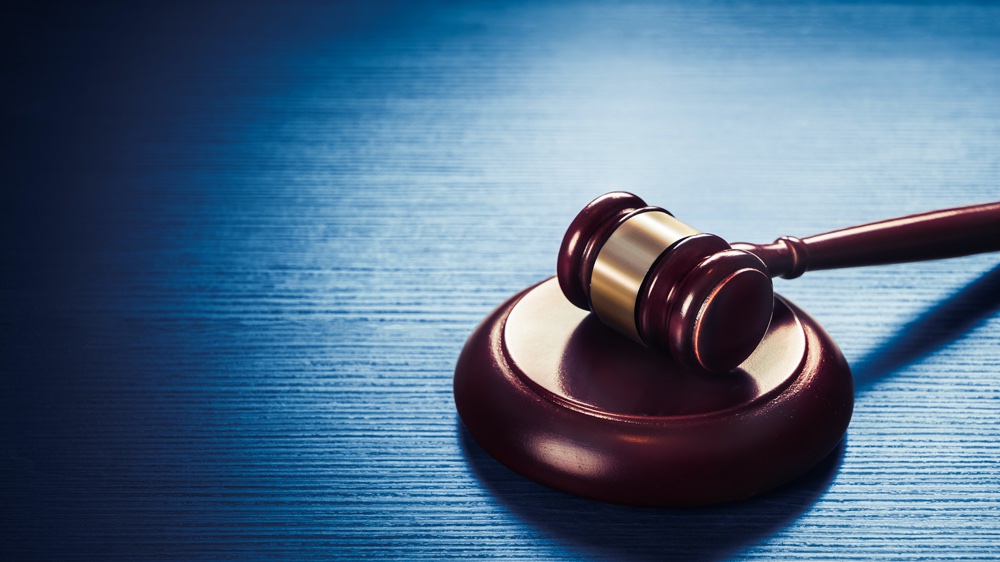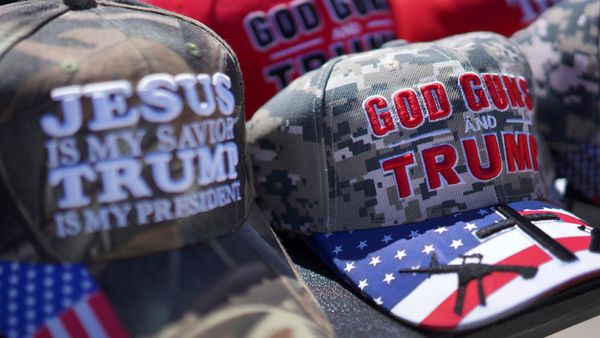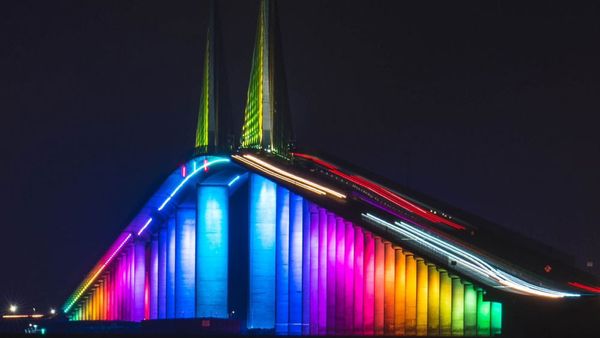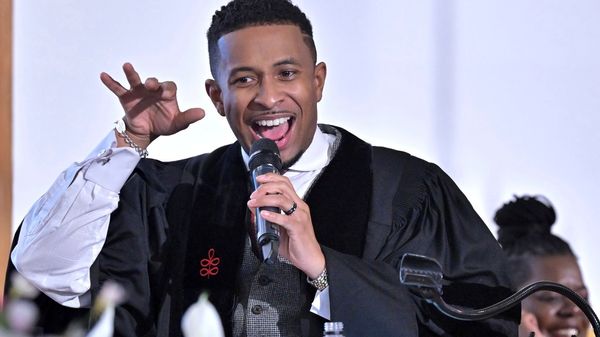September 29, 2009
Violence Against the Transgendered Only Getting Worse
Joseph Erbentraut READ TIME: 3 MIN.
Nearly a month has passed since the Aug. 26 murder of Ty'lia "NaNa Boo" Mack, a 21-year-old transgender woman, in Washington, D.C. But the violent crime remains on the top of the minds of transgender advocates nationwide.
In its wake, many are left wondering whether crimes like the one against Mack are given the sort of national media attention they should. While no one disputes the horror of a death like the one of Matthew Shepard the Wyoming college student left to die on a fence, some do question whether more societally "marginal" people--often transsexuals and the transgendered-- received less scrutiny by the media or sympathy from the general public.
Mack's death, in broad daylight on a sidewalk near the Transgender Health Empowerment (T.H.E.) office is the latest in a series of high-profile killings of transgender people in recent memory.
Some of the more notorious incidents include Lateisha Green, killed last November in Syracuse, N.Y. Angie Zapata was murdered last July in Greeley, Colo.
While these cases did, indeed, receive media coverage from both mainstream and LGBT media, others, such as Paulina Ibarra's murder last month in East Hollywood, Calif., appear to have been largely overlooked.
Ibarra was killed in her residence around 8 p.m. on Aug. 28. News of the 24-year-old's death only began to circulate in the press last week when a man, Jesus Catalan, was identified as a "person of interest" being sought after by investigators.
Surprisingly little information about Ibarra's life has been referenced in the media's reports of the crime. Her story as "a murdered transgender" ended up being practically invisible--her legacy negligible.
EDGE recently spoke with a number of prominent transgender advocates in an effort to get at the root of the relative invisibility of anti-transgender violence.
A numbers game, a lack of protection
The latest, and most reliable, statistics on anti-LGBT violence reveal that it is still a major factor facing the transgender community.
According to a 2008 report from the National Coalition of Anti-Violence Programs (NCAVP), anti-transgender bias is reported crimes is holding steady, in fact, it has increased 12 percent over the previous year.
The murder rate for LGBT Americans as a whole stands at the highest it has been since 1999. There were 29 related such murders reported last year.
When asked why the rate of violence has continued to surge, Sharon Stapel, NCAVP executive director, complained, "We have set up a culture that explicitly sanctions violence against LGBT people. When we have a federal government that says it's OK to discriminate against people because of sexual orientation or gender identity, we shouldn't be surprised when violence occurs because there is no protection against it."
Stapel is referring to the fact that the U.S. does not currently offer federal protections against hate crime violence for LGBT people.
As it stands, 32 states include sexual orientation in their hate crime legislation. But only 11 protect gender identity.
Legislation aiming to extend hate crime protection to all LGBT people, called the "Matthew Shepard Hate Crimes Prevention Act," passed through the U.S. Senate earlier this year but has languished in the House.
Overseas, bad as well
Violence toward the transgender community, however, is far from being only an American problem.
A report by Transgender Europe estimated that nearly 200 trangender people have been murdered between January 2008 and June 2009. The American numbers rank second only to Brazil, where over 80 transgender individuals have been killed in that timespan.
Those numbers--both outside and inside the United States--very likely underestimate the problem.
The tracking of violence relies on spotty reporting from community anti-violence programs and media reports. The FBI's tracking of hate crimes, for instance, while including a category for sexual orientation, does not measure violence toward transgender people.
"We know we're not hearing from all the transgender people who are victims of violence and transphobia," Stapel added. "What we know based on what we hear from transfolk is that the violence that does happen likely happens more often and more severely."
In the hands of media
Underreporting from official statistics leaves the issue in the hands of media outlets, which have historically been known for problems identifying victims' genders through using incorrect names and pronouns.
The past year has also seen a number of examples of media programs condoning violence against the community, including a radio news program on KRXQ Sacramento which referred to gender dysphoric children as "idiots" and "freaks."
Co-host Arnie States said he "[looked] forward to when [transgender children] go out into society and society beats them down..."
Next week: Part II of this series: How the LGBT community both protects and abjures its trans brethren
Joseph covers news, arts and entertainment and lives in Chicago. He is the assistant Chicago editor for The Huffington Post. Log on to www.joe-erbentraut.com to read more of his work.







